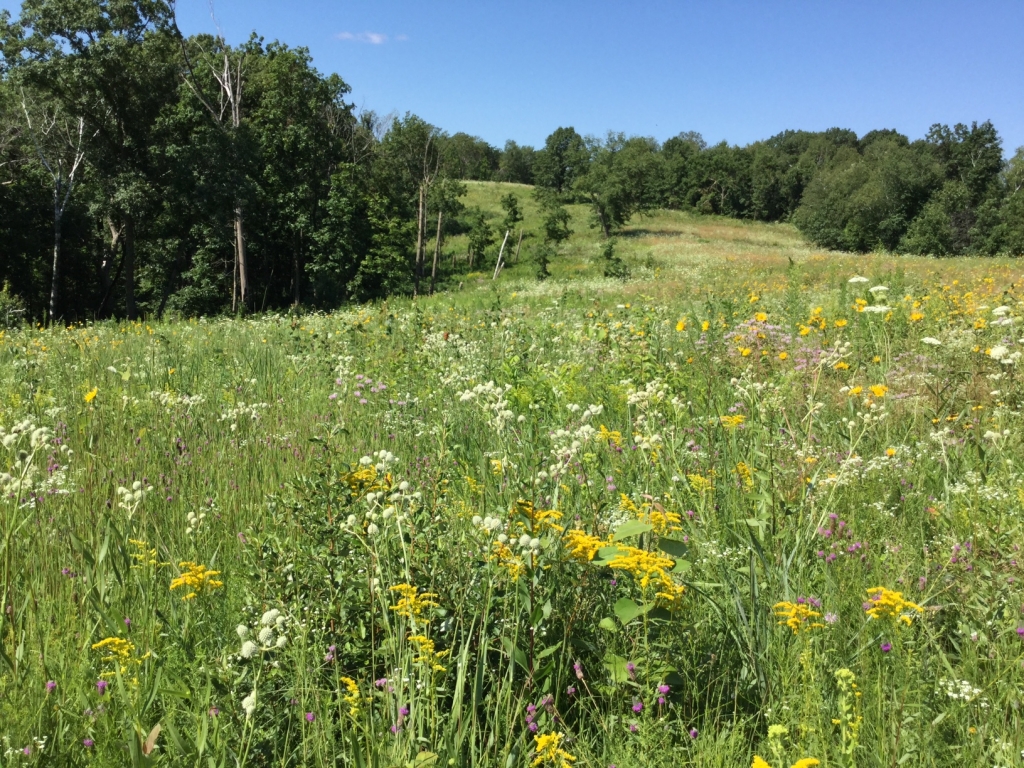Landowner Incentive Program
Helping private landowners protect rare plants and animals
The goal of the Landowner Incentive Program (LIP) is to help private landowners create and manage habitat for species that are rare or declining. The program provides technical assistance to landowners, including management advice and assistance with management plans with a focus on the Driftless Area of Wisconsin.
Private landowners and conservation
The biggest threat to plants and animals worldwide is the loss or degradation of habitat. With more than 85% of Wisconsin’s landscape under private ownership, landowners play a key role in helping conserve the beauty and diversity of Wisconsin’s natural heritage for future generations. As a landowner, you can make a difference by:
- improving or creating habitat for native plants and wildlife;
- receiving technical help to improve your property; or
- helping wildlife and plant species, especially rare species.
If your property is located within the Driftless Area, the Landowner Incentive Program may be able to help.
Technical assistance
For landowners in the Driftless Area, we may be able to provide technical assistance, depending on your situation. The LIP biologist may work with you over the phone or email, and if your property is located in the Driftless Area, a one-on-one site visit may also be possible. Technical assistance may include:
- identifying what habitats (or species) may be present on your land;
- suggesting approaches to management;
- help in determining priorities and timelines;
- guidance in developing management plans;
- referrals for funding or technical assistance; and
- providing information on land protection options.

